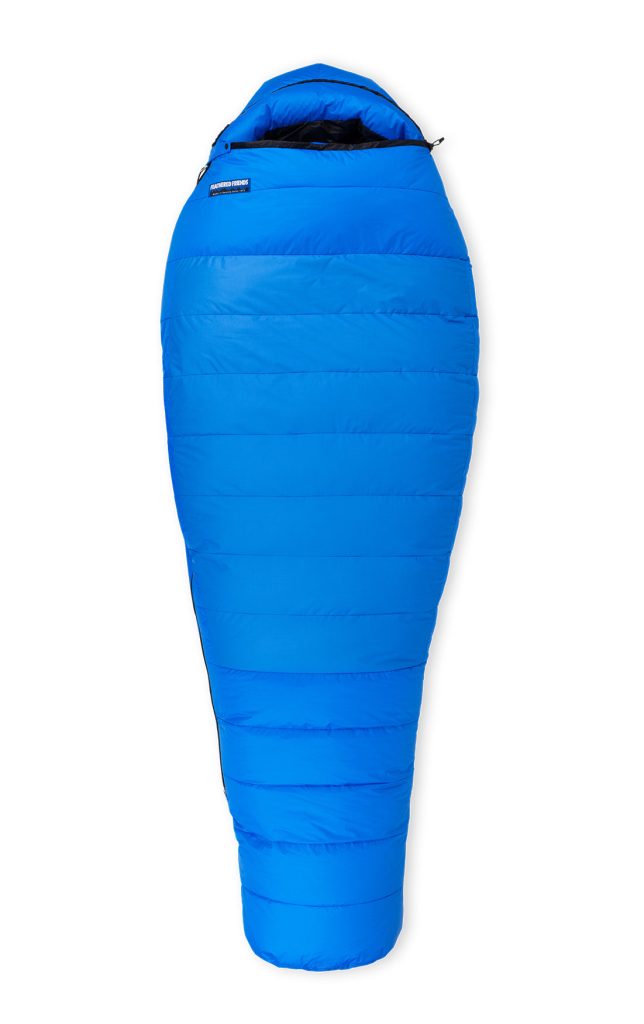Choosing the right women’s sleeping bag is essential for a comfortable and restful night’s sleep during outdoor adventures. Women’s sleeping bags are specifically designed to cater to the unique needs and body shapes of women, providing extra insulation, roominess, and warmth. In this comprehensive guide, we will explore the different styles of women’s sleeping bags, highlighting their features, designs, and suitability for various outdoor activities. Let’s dive into the world of women’s sleeping bag styles!
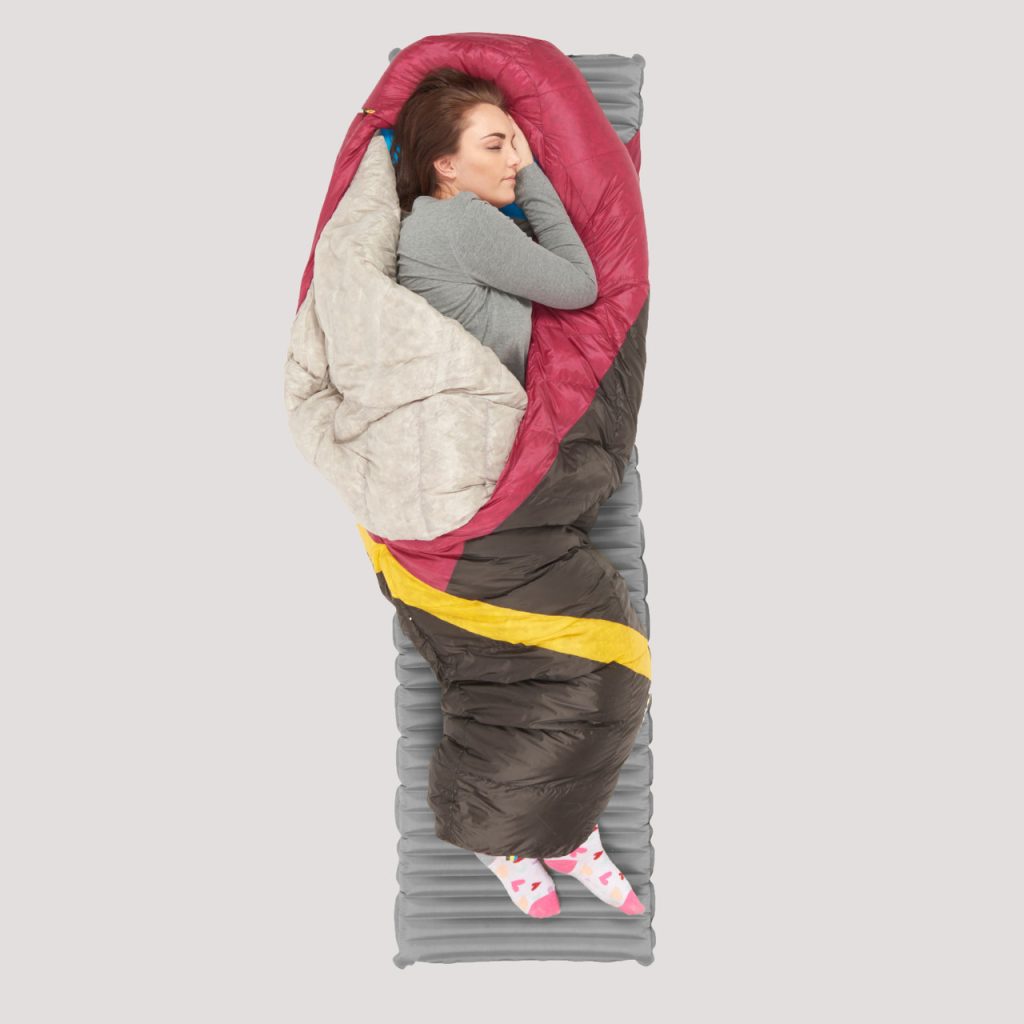
Mummy-shaped Sleeping Bags:
Mummy-shaped sleeping bags are a popular choice for women due to their thermal efficiency, lightweight construction, and compressibility. Some key features of mummy-shaped sleeping bags include:
- Tapered Design: Mummy-shaped bags have a tapered design that follows the shape of the body, offering a snug fit to retain heat and minimize dead space.
- Insulated Hood: Mummy bags often feature an insulated hood with a drawstring closure, allowing women to cinch it tightly to retain warmth around the head and neck.
- Draft Tube: These sleeping bags may have a draft tube along the zipper line to prevent cold air from seeping in and warm air from escaping.
- Shorter Length and Wider Hips: Women’s mummy-shaped sleeping bags typically have a shorter length and slightly wider hip area to accommodate the female body shape more comfortably.
Rectangular Sleeping Bags:
Rectangular sleeping bags offer ample room for movement and provide a more relaxed fit compared to mummy-shaped bags. Some key features of rectangular sleeping bags include:
- Spacious Design: Rectangular bags have a roomy interior, making them perfect for those who prefer a little extra space while sleeping.
- Versatility: These bags can be fully unzipped and used as a quilt or blanket, providing flexibility in various camping scenarios.
- Dual Zippers: Many rectangular sleeping bags feature dual zippers, allowing for easy temperature control and ventilation.
- Enhanced Comfort: The spacious design and unrestricted leg movement in rectangular bags offer a more comfortable sleeping experience, particularly for those who like to sleep on their sides or toss and turn during the night.
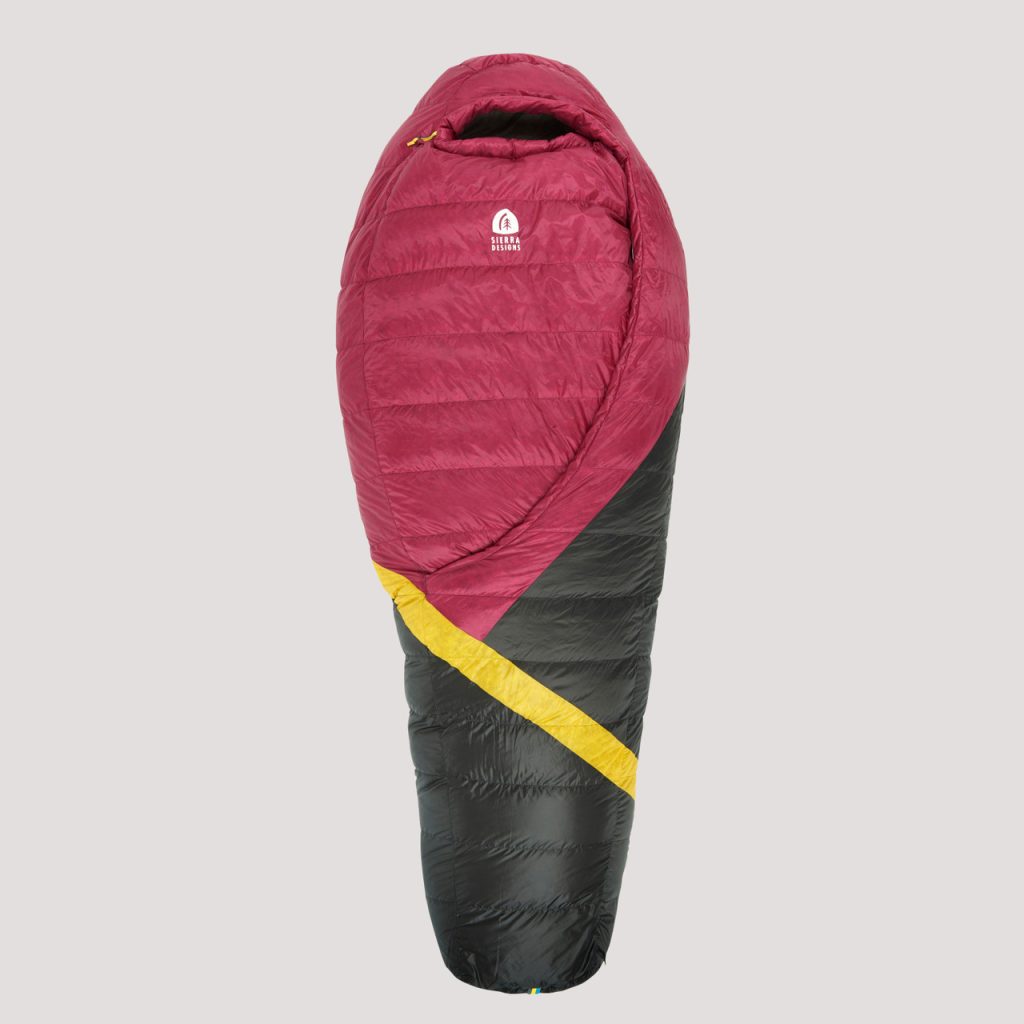
Semi-Rectangular Sleeping Bags:
Semi-rectangular sleeping bags, also known as modified or hybrid bags, provide a balance between the roominess of a rectangular bag and the thermal efficiency of a mummy-shaped bag. Some key features of semi-rectangular sleeping bags include:
- Slight Tapering: Semi-rectangular bags have a slightly tapered shape, providing a snug fit around the body without compromising too much on comfort or freedom of movement.
- Expanded Foot Section: These bags often feature a slightly wider foot section, allowing for more space and comfort for the feet while sleeping.
- Versatility: Similar to rectangular bags, semi-rectangular bags can be fully unzipped and used as a blanket, making them versatile for various camping and indoor sleeping situations.
- Temperature Ratings: Many semi-rectangular sleeping bags offer multiple temperature ratings, catering to different seasons and weather conditions.
Advantages of sleeping bag
Sleeping bags are essential outdoor gear for camping, hiking, and other outdoor activities. They provide a comfortable and insulated sleeping environment, keeping individuals warm and protected from the elements. Sleeping bags offer numerous advantages that make them a popular choice for outdoor enthusiasts.
Portability:
One of the key advantages of sleeping bags is their portability. They are designed to be lightweight and compact, making them easy to pack and carry during outdoor adventures. Sleeping bags typically come with a compression sack or stuff sack that allows them to be compressed to a smaller size, saving valuable space in backpacks or storage compartments. This portability makes them convenient for backpackers, travelers, and campers who need to carry their sleeping gear long distances.
Insulation:
Sleeping bags provide effective insulation to keep individuals warm and comfortable throughout the night. They are designed with insulating materials such as synthetic fibers or down feathers, which trap and retain body heat. The insulating properties of sleeping bags are essential for maintaining body temperature, particularly in cold or unpredictable weather conditions. They help prevent heat loss and create a cozy sleeping environment.
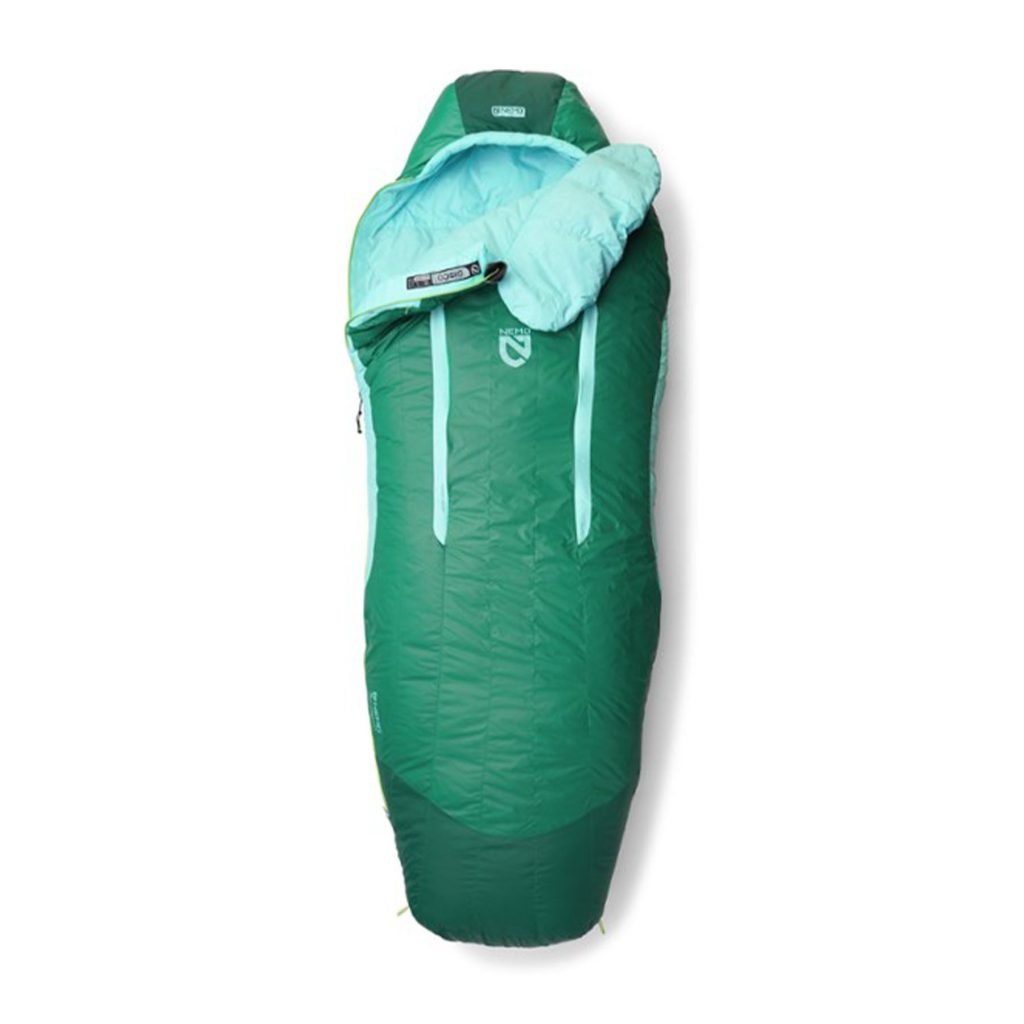
Versatility:
Sleeping bags are versatile and suitable for various outdoor activities and environments. They are commonly used for camping, hiking, backpacking, and traveling, but they can also be used for indoor sleepovers, guest accommodations, or as extra bedding during emergencies. The versatility of sleeping bags allows them to be utilized in a wide range of situations, offering comfort and convenience in different settings.
Ease of Use:
Sleeping bags are designed for ease of use, allowing users to set up and pack away their sleeping gear quickly and hassle-free. Some notable features that contribute to their ease of use include:
- Zippered Openings: Most sleeping bags have zippered openings that provide easy access and make it effortless to get in and out of the bag. The zippers can be fully or partially opened, allowing for airflow or temperature regulation.
- Interior Pockets: Many sleeping bags feature interior pockets that provide convenient storage for small personal items such as phones, wallets, or keys. These pockets keep essentials close at hand and prevent them from getting lost or damaged during sleep.
- Attached Compression or Stuff Sacks: Sleeping bags often come with attached compression or stuff sacks that simplify the packing and storage process. Users can easily stuff the sleeping bag into the sack and compress it to a smaller size, saving space and facilitating transportation.
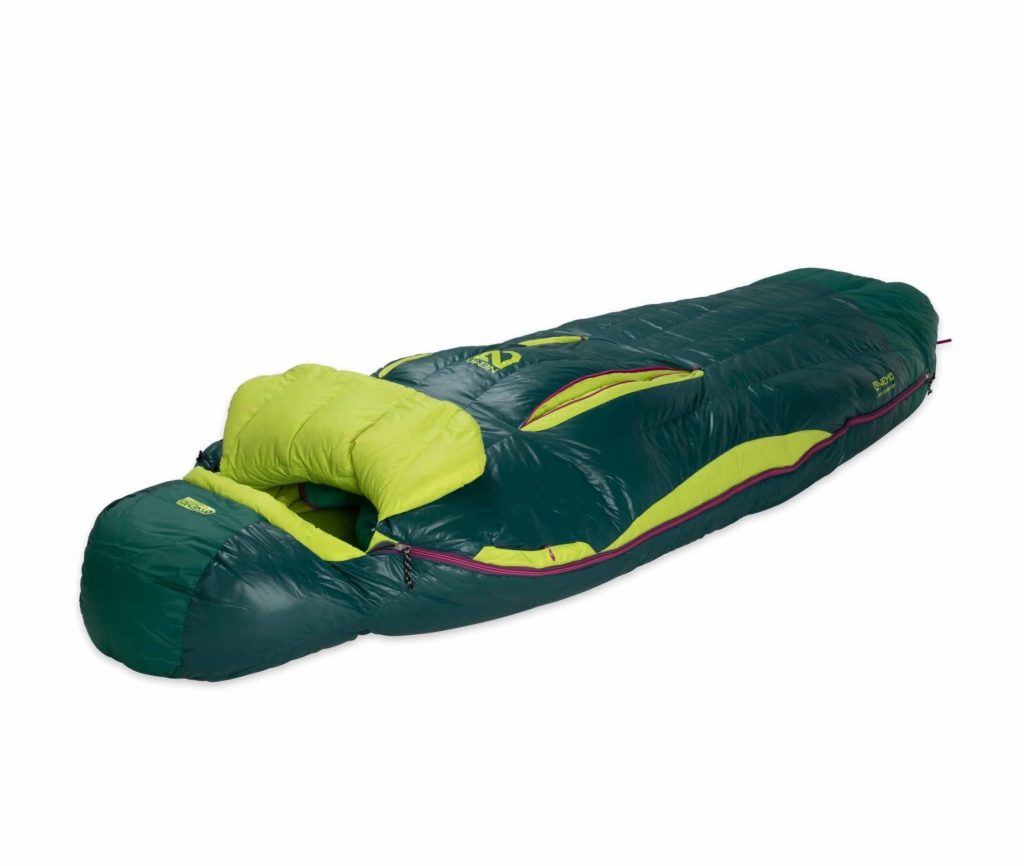
Durability:
Women’s sleeping bag are designed to withstand outdoor conditions and frequent use. They are constructed with durable and tear-resistant materials that can withstand rough terrain, moisture, and abrasion. The fabrics used in sleeping bags are often treated to be water-resistant or waterproof, protecting the insulation from moisture and maintaining its performance even in damp environments. With proper care and maintenance, a high-quality sleeping bag can last for many years, making it a worthwhile investment for outdoor enthusiasts.
Conclusion:
When it comes to choosing a women’s sleeping bag, selecting the right style is crucial for comfort, warmth, and a good night’s sleep. Mummy-shaped bags offer excellent thermal efficiency with their tapered design, while rectangular bags provide ample room and versatility. Semi-rectangular bags strike a balance between roominess and thermal efficiency. Consider factors such as the expected temperature range, your preferred sleeping position, and the intended use of the sleeping bag when making your selection. By understanding the features and suitability of different sleeping bag styles, you can find the perfect match that meets your specific needs and preferences, ensuring a comfortable and restorative rest during all your outdoor adventures.
